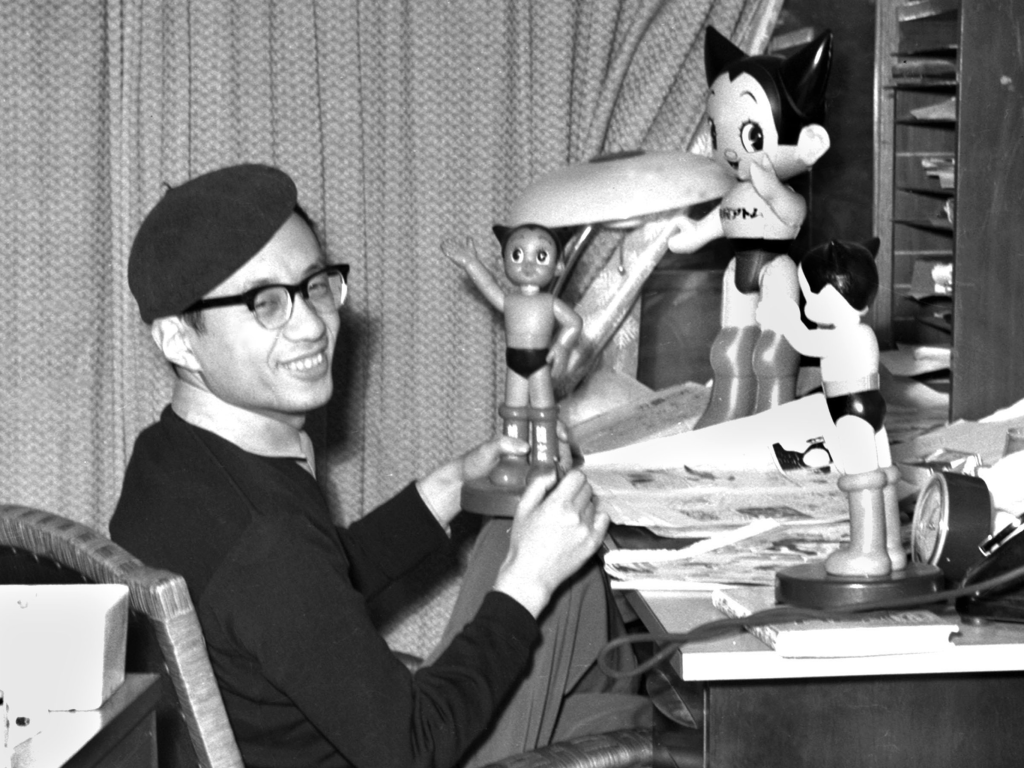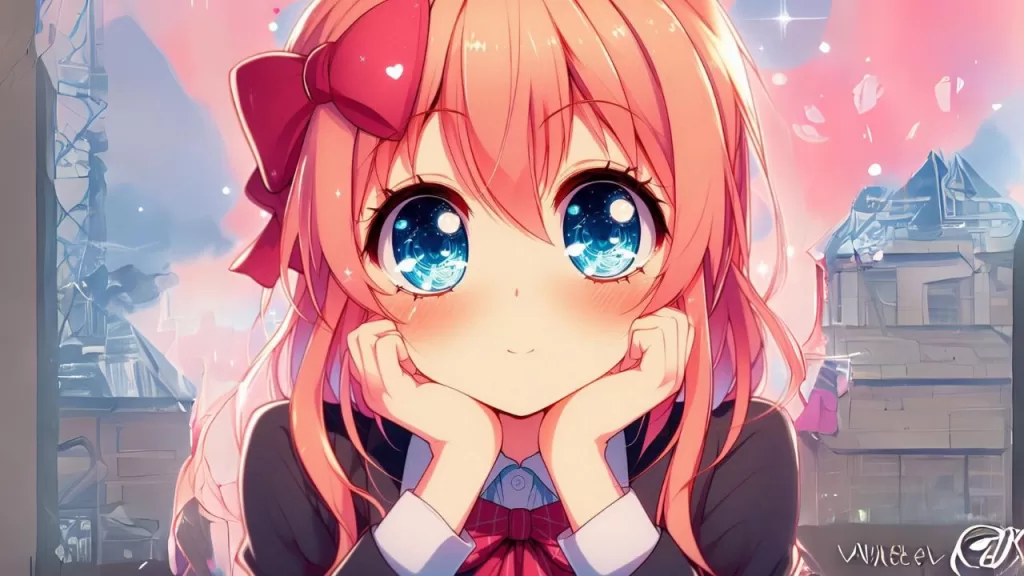Osamu Tezuka: Original Father of Japanese Anime Pioneered the Mesmerizing Big Eyes
In Japan, Osamu Tezuka is revered as “the God of Manga” for pioneering the country’s now-booming animation industry. He is often considered the Walt Disney of Japan for his outsized impact on the artform.

Though best known for creating classics like Astro Boy, Kimba the White Lion, and Princess Knight, one of Tezuka’s most enduring legacies is the exaggerated, expressive eyes that became a signature of anime character design.
Tezuka was enamored with Western cartoons and their use of stylized facial features to convey emotion. Disney films captivated him with characters like Mickey Mouse, with eyes as large as saucers.

As Tezuka began drawing his own manga in postwar Japan, he sought to emulate the animated aesthetic of his Disney inspirations.
When Tezuka debuted his first major manga, Astro Boy, in 1952, its cute childlike robot protagonist had orbs for eyes. This was a stark contrast to earlier Japanese comics where characters tended to have small, plain eyes matching normal human features. Readers and fellow artists found Tezuka’s expressive style fresh and innovative.
The enormous appeal of Astro Boy’s innocent appearance launched the iconic “anime eyes” design.

Tezuka had tapped into the psychological effect large, detailed eyes have on evoking empathy and emotional connection from audiences. The windows to the soul drew readers into his stories and characters in a profoundly new way.
Soon the influence of Astro Boy’s and Tezuka’s other manga spread across the burgeoning world of Japanese animation. Animators found the simplified eyes faster and easier to draw for television productions.

By the 1960s, big glossy eyes became standard for anime art as it grew popular worldwide.
The irony is that ordinary Japanese people don’t actually have giant bubbly eyes. Tezuka knew this, but actively chose to exaggerate the feature rather than strictly adhere to realistic human anatomy.
In his view, creative appeal mattered more than proportionate accuracy.
This departure from convention was accepted largely because manga and anime inhabit their own stylized universe.
Fans embrace the artistic license that gives us saucer-eyed characters. Suspension of disbelief allows the windows Tezuka devised to be so expressive and compelling.
While Tezuka passed away in 1989, his pioneering decision to prioritize emotional range over physical realism continues influencing manga culture today.
The “anime eyes” he birthed let artists communicate narrative and character in a uniquely Japanese way that resonates globally.
So in an industry where eyes are sometimes literally the size of dinner plates, we have Osamu Tezuka to thank. His intuitive understanding of visual storytelling tropes ensured big expressive eyes became anime’s signature look.
Love or hate the exaggerated peelers, they will forever capture imaginations thanks to a visionary auteur who dared to think outside the lines.